Water
Harnessing the Power of Water
Supporting the Growth of Renewable Energy
Renewable power is growing robustly around the world, contrasting with the sharp declines triggered by the Covid-19 crisis.
Green ESL is a key player in moving forward and progressing the One Belt, One Road energy strategy.
Leading a large network of researchers and other partners to supply pioneering technologies that will make renewable electricity generation cost-competitive with traditional sources of energy.
Green ESL leads the growing global initiative to harness the natural power of the rivers, lakes, waves, tides and oceans while supporting innovations to optimize hydropower production. Green ESL is assisting with the testing and deployment of numerous tidal energy projects.
We also supported and funded the development of “fish-friendly” hydropower turbines that improve fish survival rates above 98% without sacrificing power supply or cost effectiveness.
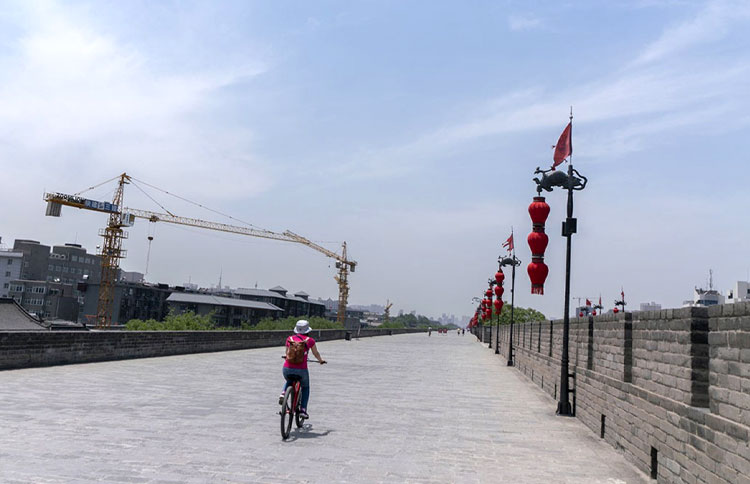
The Power of Water
The Power of Water Project
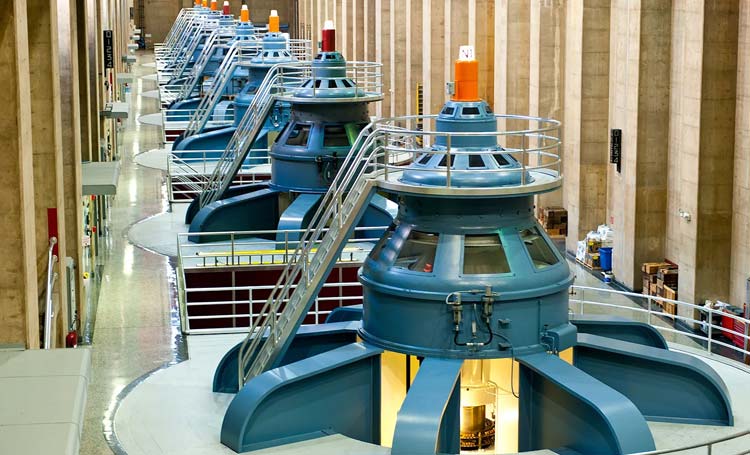
Technology Development
Some of the activities include the following:
Showing technology development and testing successfully to provide the data and analysis required for proper planning needed to prove advanced concepts and support future projects.
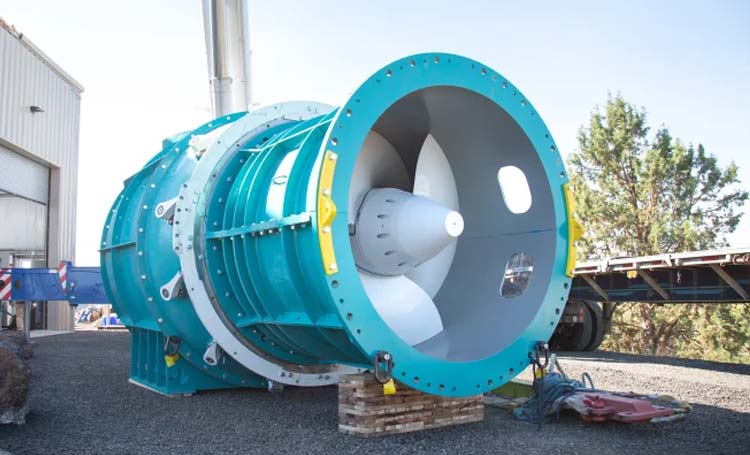
Market Acceleration
Specific activities such as:
Planning and designing, testing and analysing new advancements in technology, whilst also validating new behaviours to improve sustainability and reduce the environmental effects of hydropower on sea life and ecosystems.
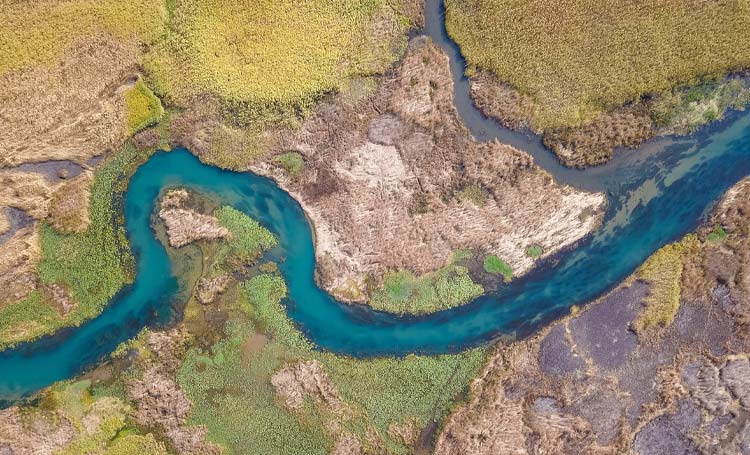
Resource Assessment
Specific activities include the following:
Assessing and mapping energy potential at non-powered dams. Studying and mapping the resource potential from untapped new stream-reaches. Evaluating and cataloguing existing hydropower assets.
Hydropower Research & Development
The POWER OF WATER PROJECT’s hydropower research and development focus on improving technologies that produce energy from elevation differences in falling or flowing water. Hydropower has been a valuable source of low-cost, renewable energy for over 100 years.
The research and development department is leading efforts to increase capacity and efficiency at current hydropower facilities, improve Hydrokinetic facilities’ capacity to non-powered dam output levels and further reduce any environmental costs. Green ESL are continuing to advance their mutual goals for the development of clean, reliable, cost-effective, and sustainable hydropower generation along the Silk Road Economic Belt.
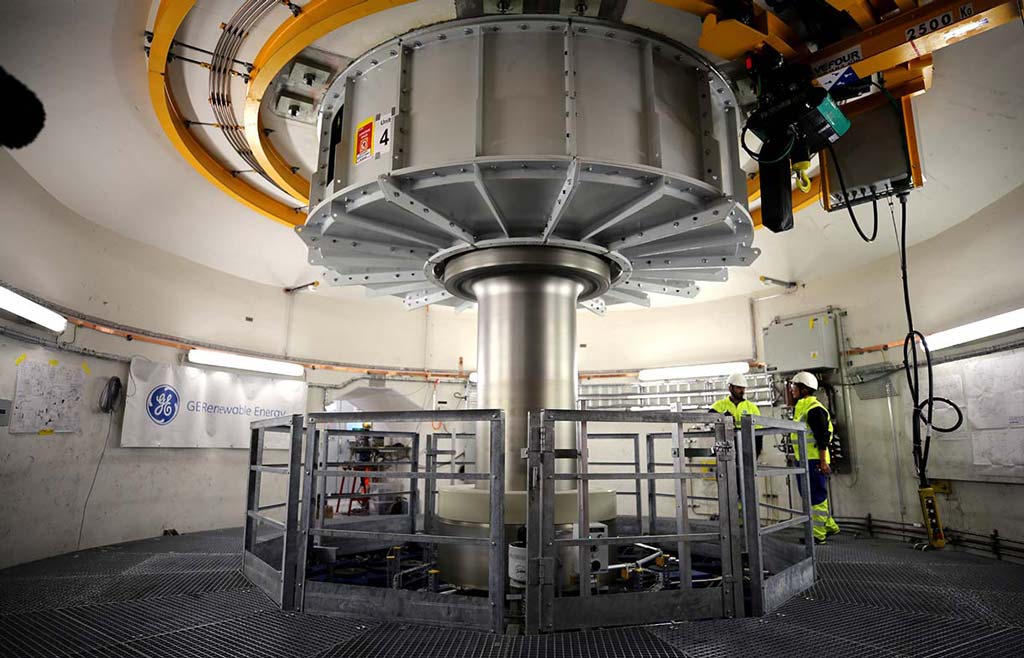
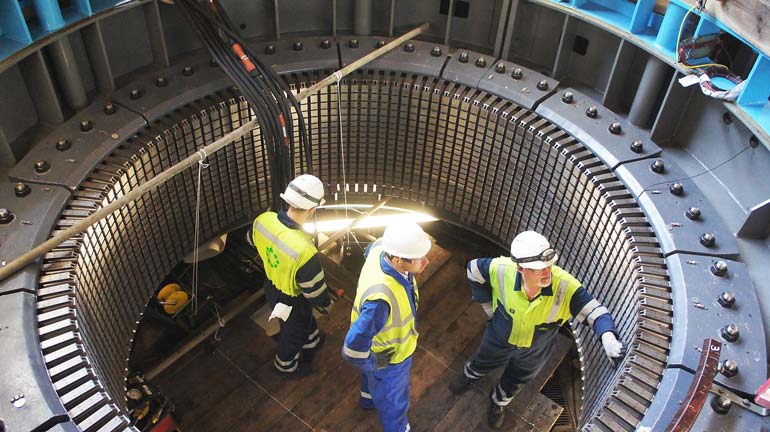
Green ESL's work in the water Project
Many groups, governments and private investment groups are encouraging and promoting the research and development of new initiatives to create environmentally sustainable cost efficient, reliable and safe energy sources.
Some of these initiatives include hydropower, marine and hydrokinetic energy technologies, which capture energy from waves as well as river, tidal, and ocean currents.
Work in water power technologies
Hydropower Technologies
Implementing research and development ideas that have successfully manipulated the flow of water using various new environmentally friendly designed structures including advanced environmentally friendly dams.
Hydropower Resource Assessment and Characterization
Aims to assess and provide a detailed mapping to show the entire energy available in any given regions available through non-powered dams and other untapped sources such as streams, rivers and coastlines.
Marine and Hydrokinetic Technologies
Energy involved in the movement of water through tides, waves, oceans and rivers is called kinetic energy, water based kinetic energy occurs regularly all over the world and scientist are now exploiting this sustainable green energy source. The idea is the same for all forms of kinetic energy and that is to capture the immense power of moving water whilst also maintaining the integrity of the marine environment.
Marine and Hydrokinetic Resource Assessment and Characterization
With the majority of humans living within 100km of a coastline, there is enormous potential to provide sustainable, cost efficient and reliable energy, to fully understand the potential and drawbacks we must carefully analyse each site for it pros and cons.
The Power of Water
Wave
The project to map the water sources such as oceans and rivers, or specifically in this case the ocean power is used to assess the potential of deep ocean wave energy from the oceans and seas that the 21st-century Maritime Silk Road route will take, so far the academic theoretical potential for this energy is approximated to be between 1,594–2,640 TWh/year.
Whilst technological evaluations predict the potential to access range between 898–1,229 TWh/year, that is equivalent to 22-30% of the U.S.A. electricity requirements, and that is just from the ocean sources not including rivers lakes and so on. Established facilities to produce this energy source could power millions of homes with clean, reliable and renewable energy source.
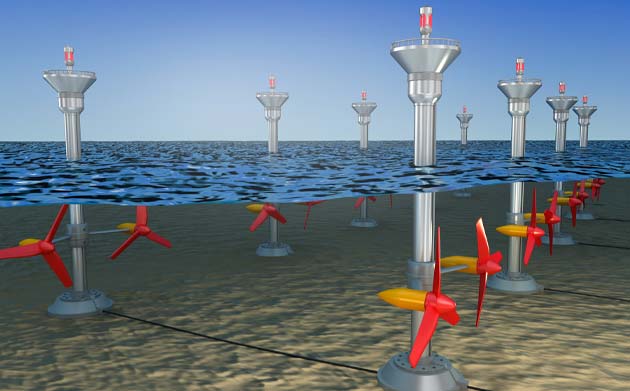
Tidal Streams
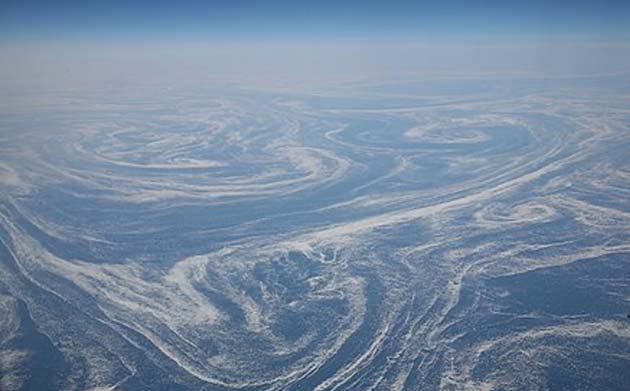
Ocean Currents
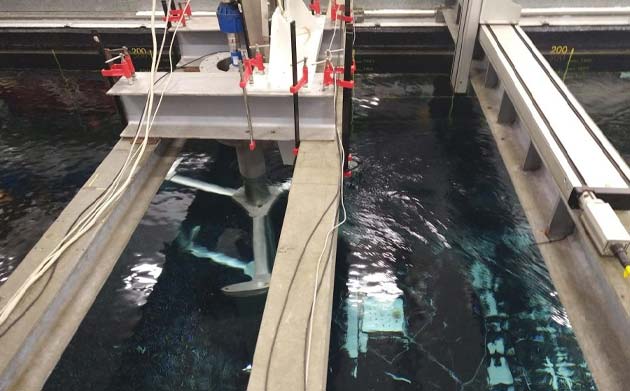
Riverine Hydrokinetic
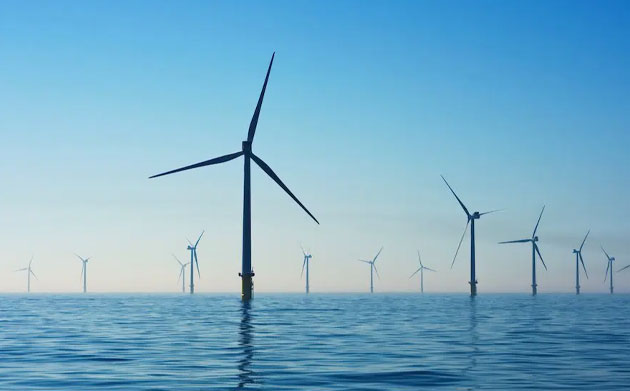
Ocean Thermal
The Power of Water
The Power of Water Resource
Hydroelectric power is the most abundant source of renewable electricity along the Silk Road Economic Belt. After 100 years of proven usage with this reliable renewable resource there still exist significant opportunities to expand and increase the world’s hydropower resources through non-powered dams, water transport systems, pumped hydroelectric storage, and new site development. The POWER OF WATER PROJECT encourages and supports the hydropower industry and supplements existing investments through the improvement and deployment of new technologies and key elements and components as well as identifying key opportunity areas through which hydropower generation can be enhanced.
Low Head Hydropower operate at Low Head Sites. Low Head is a reference meaning that the water elevation (the rise and fall of the waterway) ranges from 2-20 metres, which is the type of waterways that are plentiful along the Silk Road Economic Belt route which is covered with accessible low sites spanning from east to west.
The POWER OF WATER PROJECT is providing capital for innovative ground breaking low-head hydropower technology.
The POWER OF WATER PROJECT provides capital for research and development involving materials and manufacturing.
This includes evaluating new manufacturing techniques, improving or changing material that construct the power stations and its parts, the aim of this is to drive down the cost of running the facility, for example to lower the costs of turbines and draft tubes. The POWER OF WATER PROJECT also is investigating new concepts to improve the generator efficiency.
The POWER OF WATER PROJECT are engaged in developing and testing patented new technologies and techniques that will lower operations and maintenance costs, whilst raising unit availability and facility capacity factors, and lower risk through greater reliability and improve the environmental qualities, as well as auxiliary energy benefits of the energy produced.
Focusing on areas such as water usage optimization, the correct application of advanced materials and manufacturing methods, and the evaluation of the value of hydropower grid services. An example of this is the existing hydropower plantations in the U.S. which are showing signs of decline and all information and data regarding these facilities are outdated and limited in scope. The POWER OF WATER PROJECT is constructively engaging and supporting a variety of partners and specialists to integrate and update information in order to better comprehend the deteriorations of that nations’ electricity generation and capacity.
The program has many accomplishments in hydropower technology development. The projects explained below emphasize just a few of the program’s new opportunities and latest achievements in cost decreases, water usage optimization, and facility upgrades.
The POWER OF WATER PROJECT national laboratories have successfully developed and demonstrated a suite of cutting-edge, integrated analytical tools that are named – the Water-Use Optimization Toolset (WUOT).
WUOT supports the workforce, management and operators with operating their hydropower power stations much more proficiently, leading to an increase in energy supplied and grid services from water resources, this will enable the enhancing of the environmental benefits from improved hydropower operations and efficiency.
WUOT comprises of a tool set for hydrologic forecasting, day-ahead scheduling, environmental performance operations, seasonal hydro-systems analysis and real-time operations.
Hydropower meaningfully and significantly adds to the Silk Road Economic Belt renewable energy portfolio. As the largest source of renewable electricity along the Silk Road Economic Belt, there is still huge untapped resources in hydropower form. The POWER OF WATER PROJECT works to do the following:
- Identify and address the environmental and regulatory barriers that prevent the constructions of hydropower facilities.
- Evaluate and calculate the importance and real value of hydropower to many states along the Silk Road Economic Belt electric grid and its aptitude to integrate other renewable energy sources and technologies.
- Grow a vibrant hydropower workforce and research community.
POWER OF WATER PROJECT focuses in the following areas of hydropower market acceleration and deployment:
- Environmental and eco system sustainability research.
- Grid value evaluations, facilities and services.
Hydropower can have adverse ecological influences on fish populaces and migrations and on water quality in the reservoirs and downstream and upstream and wastage. The POWER OF WATER PROJECT is determined and working closely with various experts to design and successfully build new ways of decreasing these negative impacts. The program’s application in these areas in eco-systems research and development comprise the following:
- Planning and developing low-impact hydropower technologies—The POWER OF WATER PROJECT are providing financing in apparatuses and new innovative methods to successfully demonstrate the environmentally and sea population friendly technologies. Its support has resulted in the development of a more efficient turbine and turbine management system which permits for the downstream passage of fish and a new suite of computational software that estimate fish migration and movement risk to help ensure that ecological impact is thoroughly considered whilst designing and manufacturing turbines and hydropower facilities.
- Water quality—The POWER OF WATER PROJECT are offering capital to support the development of improved and more accurate water temperature, aerating turbines dissolved and oxygen models that will allow the facility users and operators to meet environmental mandates, altogether whilst increasing energy supply from hydropower.
- Climate change— there have been questions concerning the impact of climate change on hydropower reservoirs and the hydropower facilities concerning increased contributions to greenhouse gasses. The POWER OF WATER PROJECT is financing and collaborating with a broad network of specialist to model new scientific methods that assess environmental situations surrounding hydropower.
Hydropower has the ability to increase the flexibility, sustainability and stability of the national grid of any region especially the stream and river abundant areas along the Silk Road Economic Belt and the tidal power associated with the coastlines along the 21st-century Maritime Silk Road route. Hydropower facilities also have the ability to integrate and combine the other natural resources such as wind and solar.
The POWER OF WATER PROJECT aims to maximize this potential by analysing the value of hydropower along the Silk Road Economic Belt along with making hydropower more appealing by reducing cost and increasing efficiency, sustainability and operational flexibility. The project is also contributing significantly to new methods to assess capacity requirements region by region to determine capacity factors and facilitate the integration of other natural environmentally resources.
The POWER OF WATER PROJECT are proud to have achieved so much in the areas of hydropower market acceleration and deployment. The plans defined below highlight just a few of the projects most current successes.
The POWER OF WATER PROJECT is backing a team of nation-wide laboratories at numerous important locations to generate more electricity and meet water demands whilst enhancing the environment. These research and development activities include but are not limited to extensive wide-ranging research and outreach strategies such as stakeholders and modelling.
The POWER OF WATER PROJECT supports the design of more effective and environmentally friendly hydropower turbines that will significantly improve upon older systems especially in regards to cost and value as the new turbines will be more efficient and robust.
An example of this is the project known as Alden Turbine. The Alden Turbine has been designed to decrease fish death rate and increase cleaner energy while generating energy superior to the conventional Francis turbines. After extensive research and development, researchers successfully and consistently demonstrated that Alden turbines allowed for harmless downstream passage and ideal hydropower efficiency.
The roll out of the fish friendly turbine will enable hydropower growth in areas that were previously off limits to hydropower because of potential impacts to fish populations and has opened up vast new markets.
Fish stock and marine life are of major concern when developing ecologically friendly power generating systems. To support maximum protection and freedom for marine life, the researchers involved must first truly understand and comprehend the circumstances encountered by marine life navigating turbine passages and spillways.
To meet this requirement, Green ESL invested in Sensor Fish, an advanced micro device positioned to study the conditions faced by marine life navigating through and around hydropower installations. Prior to the Sensor Fish, experts in the field such as biologists and engineers relied on computational models and limited data available. Now, as the instrument travels through the hydropower stations, biologists and engineers can make use of the accurate modern Sensor Fish device in real-world conditions to exactly measure differences in acceleration, turbulence and pressure.
Data from the innovative Sensor Fish will be a valuable asset that will reliably and cost effectively guarantee that our nation’s new and existing hydropower facilities not only provide renewable energy, but do so without damaging the environment or marine life.
The Chinese State have has supplied additional appropriations to the sum off $20.8 billion to Silkway Development Office of Energy and Renewable Energy. POWER OF WATER PROJECT will be in receipt off $XX million from this state fund, which was used to back macro and micro hydroelectric projects.
The POWER OF WATER PROJECT delivered seven competition based prizes to hydropower power stations along the Silk Road Economic Belt totalling $29.85 million, with more than $100 million in share costs. The competitive awards were successfully aimed at proving the inspiring annual power generation enhancements that can be realized from upgrading current facilities with modern turbine technologies and better operating management systems that will efficiently utilize the resources available.
The design, development, research, testing and employment has led to thousands of additional jobs including in areas related to hydropower such as the suppliers of parts that the hydropower facilities require. This has improved socio-economic characteristics of regions and also increased security and prosperity. At least several hundred jobs have been created in producing aluminium based parts.
The missions constituted the following enhancements: (a) installing more efficient and modern turbines that will improve power generation and lower negative environmental impacts; (b) utilize resources better including the additional upgrades to facilities to operate with lower river flow rates or seasonal flows; (c) exploitation of presently diverted and unutilized water flows; (d) pioneering marine life protection, preservation and marine life route planning systems; and (e) re-designing new modern state of the art systems leading to an increase in reliability whilst reducing operation and maintenance costs.
Award recipients included cities, counties, and member’s private industry operating both large and small hydroelectric facilities.
The POWER OF WATER PROJECT focused a succession of studies to recognise and forecast the effects of waterway flows, temperature, and turbulence on marine life including algae.
A number of these ventures plotted downstream river flows, studied their ecological effects, and established tools, frameworks and new policy to assist industry provide improved and life sustaining conditions for water-dependent ecosystems near hydropower facilities.
The POWER OF WATER PROJECT supervised and managed assessments of the possible impacts of climate change on hydropower at a large number of facilities and operational reaction to potential effects.
To answer the questions regarding hydropower effect on greenhouse gas emissions, the POWER OF WATER PROJECT, has successfully demonstrated a set of scientifically proven methods to accurately quantify and predict emissions resulting from hydropower. The results from quantifying emissions at a number of reservoirs along the Silk Road Economic Belt showed that, contrasting to some hydropower reservoirs in the U.S. ours are much less likely to release greenhouse gases above safe limits.
The POWER OF WATER PROJECT’s maritime hydrokinetic research focuses on positively and constructively evolving current technologies that develop energy from a states’ oceans, streams and rivers and other water sources.
Whilst hydropower is already in usage and an important aspect of nation states’ energy policies, maritime hydrokinetic research and development epitomise an emerging industry with unlimited potential and unlimited viable technologies available. The project is thus the foremost operation to validate functionality; assess technical and economic feasibility; and generate performance, cost, and sustainability and supply consistency data for a number of devices.
The energy produced in waves and tides from oceans, rivers, lakes and other water sources that is converted into electricity is known as marine and hydrokinetic energy.
The projects are categorized into three subgroups: technology development; market acceleration and deployment; and resource assessment and characterization.
The POWER OF WATER PROJECT’s technology development endeavours and accomplishments focus on decreasing the technical barriers to marine and hydrokinetic development, refine and enhance reliability and performance and conducting further research and testing to better understand technologies associated. Specific activities include the following:
- Supporting the development of marine and hydrokinetic devices and components in both controlled (laboratory) and natural (open-water) environments from designing to testing and then deployment.
- Support the development of new apparatus, machinery and scientific and analytical modelling to optimize marine hydrokinetic technologies.
- Producing thoroughly investigative and neutral reports that fully evaluate the total cost and operational performance of optimize marine hydrokinetic technologies.
The POWER OF WATER PROJECT is working towards the reduction in the expenses and time related to siting water power projects; to improve on the data already available and to further clarify it demonstrate the potential benefit and costs of hydro energy, and to address overcome the barriers to entry that exist in the market. The following activities are achieving this:
- Financing studies which will survey the prospective effects of marine hydrokinetic machineries on specific marine lifeforms and their ecologies.
- Evaluating and quantifying the amount of electricity or energy that can be obtained from a nation states waterways including but not limited to rivers, streams, lakes, oceans and seas, and further advancing technology associated with ocean thermal energy.
- Producing robust economic analytical reports to demonstrate the potential associated with an extensive roll out of optimized marine hydrokinetic technologies.
The POWER OF WATER PROJECT has published information in report and journal form along with maps that evaluate the reserve potential of the One Belt, One Road waves, tidal, ocean, and river currents, and ocean thermal gradients.
Learn more about the reserve and resource evaluation and assessment and categorisation of marine hydrokinetic reserves.
There is unbound potential to providing clean, renewable electricity to communities across the U.S.A. using marine hydrokinetic power. To better understand the full capacity, profit and ecological potential in energy capacity, supply and production that can be exploited through the water sources, the POWER OF WATER PROJECT has directed resource calculations for the following:
- Waves.
- Tidal streams.
- Ocean currents.
- River currents.
- Ocean thermal gradients.
Whilst the resource evaluations were conducted independently with marginally different methodologies, comparing the evaluations allows us to understand and demonstrate which sources have the potential for development. The POWER OF WATER PROJECT is dedicated to detecting resource potential and ongoing improvements to assessments as renewable marine hydrokinetic energy sources are further established. Designing the following resource evaluations permits the marine hydrokinetic teams to identify the potential in a water source and achieve commercial development and establish sites for harnessing nature’s natural power.
The energy potential of a water source depends on the depth of the source, the deeper the water source and the further it is from a coastline then the higher potential for larger production of energy for example, Varieties in energy production are reflected in remoteness from coastlines 50 miles and 20m; or depth contours of 200m or 50m varying from location to location; Centred on a wave mechanism installation with density of 15 MW per km of wave front. TWh/year is the potential electricity generation in terawatt-hours per year which is Approximately 85,000 homes can be powered by 1 TWh/year.

